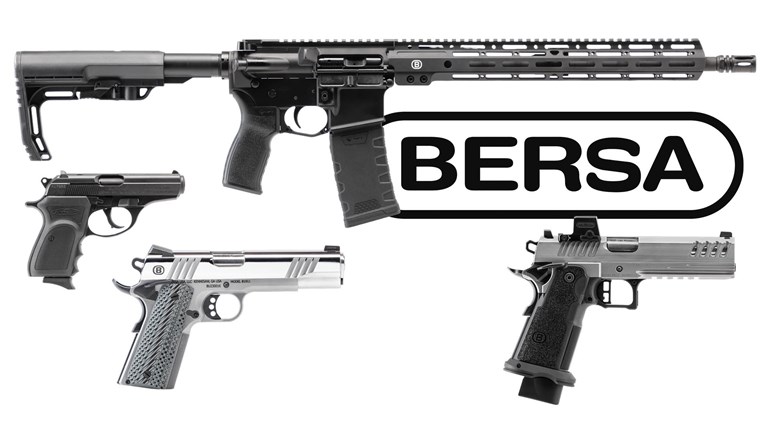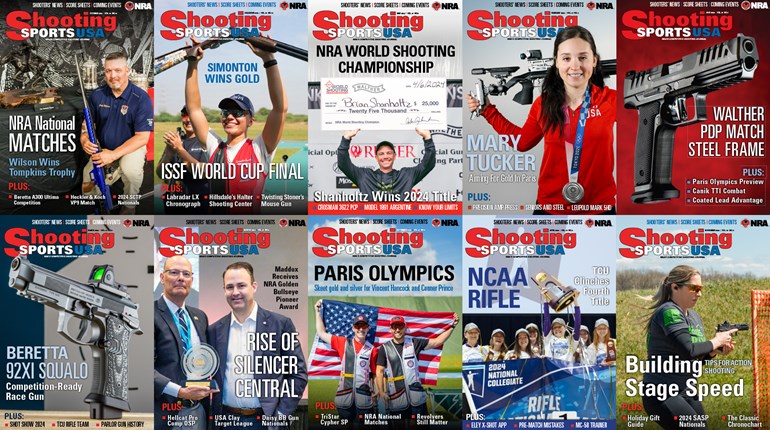
Not all pistol magazines and/or their components are identical, even those made for the same model handgun. Photographing the orientation of the spring and other components during disassembly can serve as a point of reference for reassembly.
I just pulled a boneheaded mistake and need your help to bail me out. After attending a big, two-day match last weekend, I decided to give the dozen magazines for my Walther PPQ a thorough cleaning in the parts cleaner we have at work. I never considered the internal parts of the magazines might be different—and in fact might not interchange—until they were all disassembled. I noticed obvious differences quickly, in that the springs were not all the same length. In addition, some springs had the same size coils and others had smaller coils on one end.
The part that goes on top of the spring that you can see in the top of the magazine had differences, as well. After reassembling the magazines, some refuse to accept the full number of rounds they once did and two won’t feed properly. Out of the 12 magazines I have, seven are poor excuses for paperweights. It is a mystery to me as to what happened, why it happened and what I can do to fix the problem as well as prevent this kind of misery in the future.
— Walter Leonard, Illinois
Unfortunately, magazines for pistols and other firearms have significant differences from brand to brand and even within the same manufacturer for the same model gun. Very few firearm manufacturers actually make their own magazines. The magazines they use come from multiple vendors, which makes parts interchangeability from one magazine to another not always an option.
In some cases, a disassembled magazine has to be reassembled in a specific manner to function properly. While the outside of the magazines appear similar, the insides may have enough subtle differences to cause some of the problems you described.
When disassembling a magazine, it is good practice to perform the operation methodically while visually inspecting each component for damage or deficiencies. Once the baseplate is off and the spring tension is released, it is important to see the position of the spring and follower as they are removed from the magazine body itself. Reassembly after cleaning should identically reverse the disassembly process. It’s important to treat each magazine as a separate entity for the utmost in reliability. If you have several magazines that are seemingly identical and from the same manufacturer, odds are the parts will interchange, but why tempt fate if you don’t have to?
As you have discovered, you have two different types of springs in your magazines. Springs that have two different coil diameters are referred to as nesting springs. When fully compressed, the smaller coils seat, or nest, within the outer coils to shorten the length of the spring needed for a specific load in a given space. These types of springs are often used in concert with a specifically designed follower to increase magazine capacity in a standard-size magazine body.
Some magazines, particularly older models, have springs whose coils are the same diameter from end to end. At maximum compression, each coil touches the one above and/or below it. These springs usually have followers equipped with guides that protrude into the spring, which limit the compression distance within the space of a magazine body. This was thought to maximize spring life by limiting the compression distance to just short of absolute maximum, attenuating stress on the spring over time. The conditions cited in your question most likely are a result of improper insertion of the magazine spring.
The inability to load a magazine to capacity after disassembly and reassembly most often comes from installing the nesting-type spring upside down. That is, with the smaller coils toward the baseplate as opposed to having them seated into the fitted recess in the bottom of the follower. This could also cause the feeding problem you mentioned because the larger-diameter coils cannot fully enter the top of a tapered magazine body to apply sufficient pressure to the follower, which supports the top rounds of ammunition. This problem could also be a result of pairing the wrong spring with the wrong follower.
An additional cause of feeding problems is installation of a parallel coil spring backward, so the front of the follower is not supported by the spring in line with the magazine body.
If you can find a new magazine of the types you disassembled, take a picture with its components separated in the position of how they were removed from the magazine body. A picture is worth a thousand words.




































